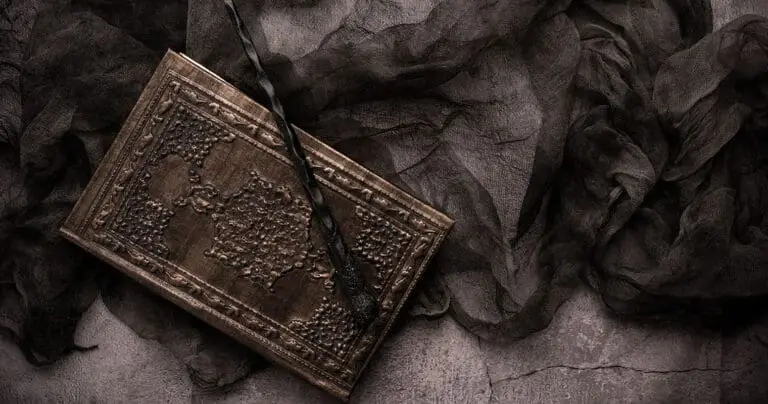We've all experienced the disappointment of being hooked on a great book or show until the underwhelming, generic villain shows up to throw Generic Obstacle #37 at the hero. When it’s just another bland evil-doer hellbent on dastardly deeds, you can't help but feel disappointed.
What makes a truly memorable villain who sticks with you long after the final page or roll of the credits? It's all about adding layers and depth, crafting a nuanced character whose motivations and persona make sense, even when their actions are deplorable. Here are three keys to developing iconic antagonists people love to hate.
Give Them Real Motivations
What do Doctor Doom (Marvel Comics), Walter White (Breaking Bad), Dolores Umbridge (Harry Potter), and Annie Wilkes (Misery) have in common? The greatest villains don't see themselves as evil. In their minds, they have perfectly justifiable motivations driving their actions, no matter how twisted they may seem to us. A compelling backstory goes a long way in humanizing an antagonist.
Think about Killmonger from Black Panther. His brutal childhood exposure to the harsh realities of the world outside Wakanda shaped his radical views. We understood why he resented T'Challa and Wakanda's isolationism, even if we couldn't agree with his methods. Dodgy CGI aside, his believable motivations elevated him from a generic “take over the world” villain into a layered, memorable character.
When developing your villain, explore the experiences that molded their worldview. Perhaps a traumatic event sent them down a dark path. Or maybe their skewed logic leads them to view themselves as the hero of their own story. The key is grounding their motivations in something understandable and human.
Take Action: Write a brief backstory for your antagonist, focusing on the experiences that shaped their worldview and motivations.
Form Complex Relationships
Adding complex relationships is another powerful way to make your villains stand out and feel multi-dimensional. The best antagonists aren't just solo acts; their dynamics with those around them can hint at hidden shades and layers waiting to be uncovered.
Take Walter White's tangled web of relationships on Breaking Bad. His descent was fueled by his drive to provide for his family, yet it also destroyed those closest bonds. The complicated relationships with Skyler, Jesse, and others made his character richer and more real. We understood his motivations even as we recoiled at his darkness.
Whether it's a bloodied history with the hero, a twisted love for their second-in-command, or a startling tenderness toward an unlikely person, well-crafted relationships underscore that no villain is pure evil. They have intricate lives and ties that make us wonder—under different circumstances, could I have ended up on that path?
Take Action: Create a secondary character who is personally connected to your antagonist and explore how this relationship influences the antagonist’s actions and decisions.
Give Them Moments of Humanity
Even the greatest villains shouldn't be one-dimensional monsters. To truly capture hearts and minds, they need glimpses of vulnerability and humanity amidst the darkness. These moments make us empathize with them, no matter how horrific their actions. Of all the terrible people on Game of Thrones, one of the terrible-est is Cersei Lannister.
And yet Cersei’s emotional confession about her crippling Walk of Shame was a compelling moment for the character. She revealed the terror of that degrading experience, making her seem almost pitiable. For a few brief moments, we saw her fragility.
When developing your villain, look for opportunities to peel back the layers and expose aspects of their painful backstory or inner life. Maybe a surprising show of affection for a loved one. Or a rare hint of remorse for their actions. These humanizing glimpses create intriguing dissonance about their character.
Take Action: Identify three humanizing things about your antagonist. What are they afraid of? Who do they love? What emotional wounds do they bear?





















